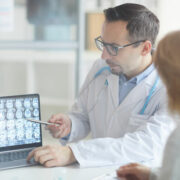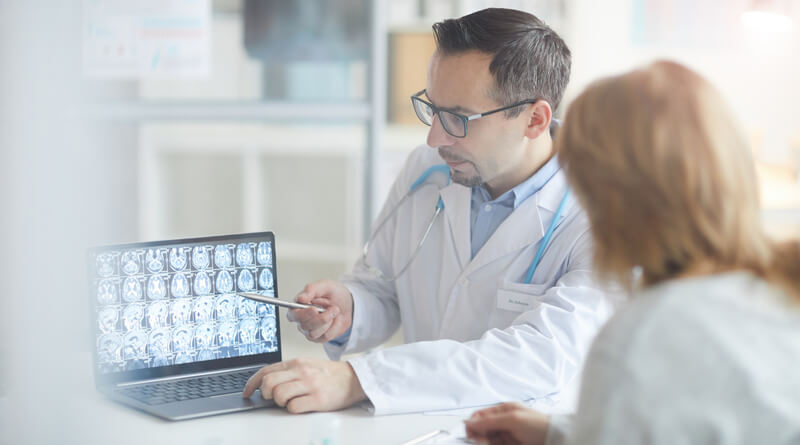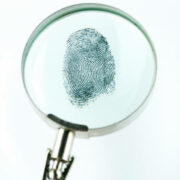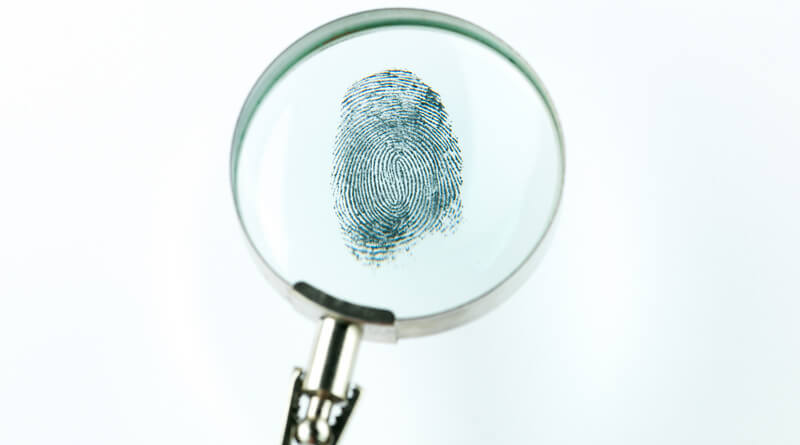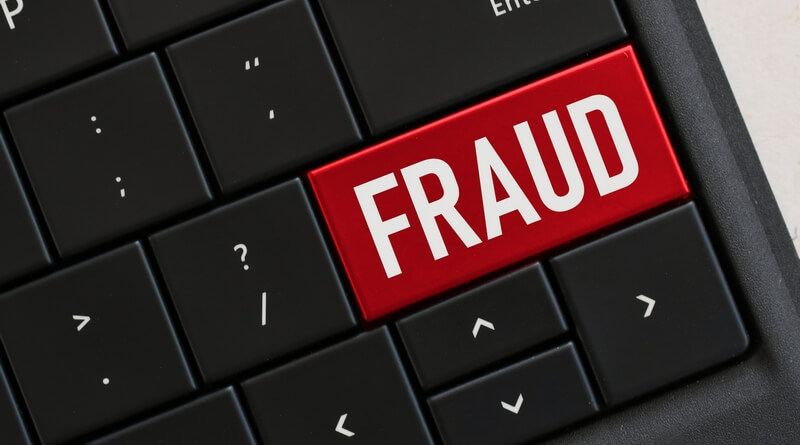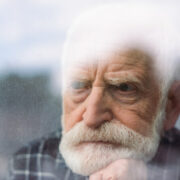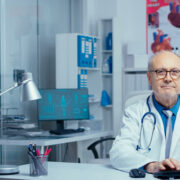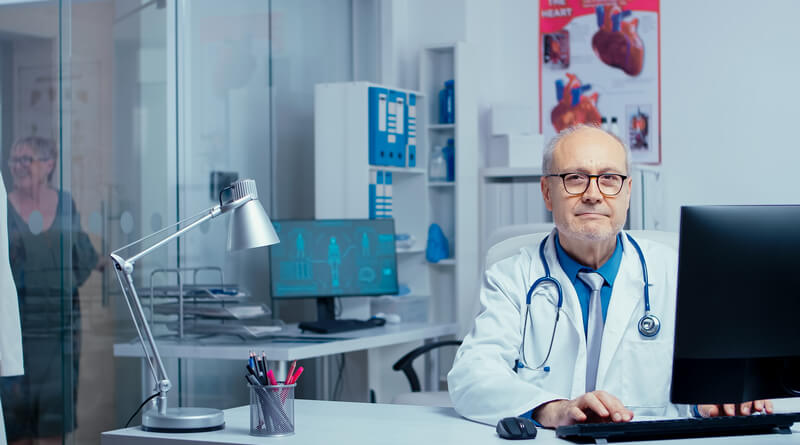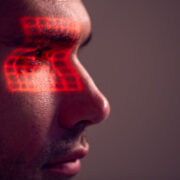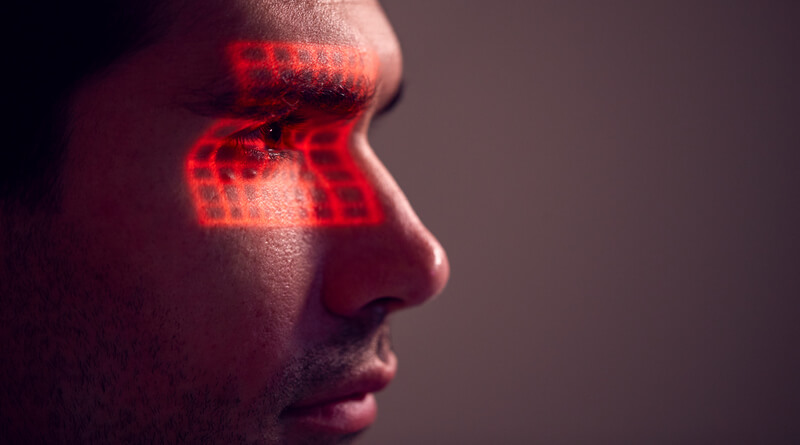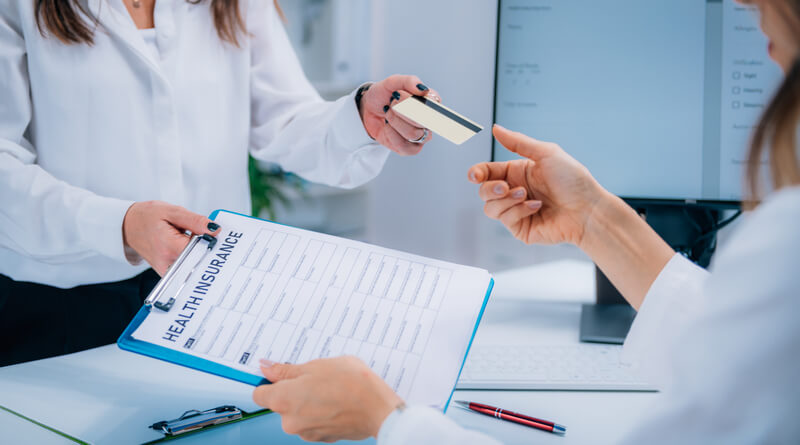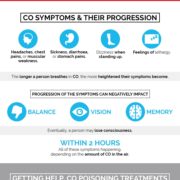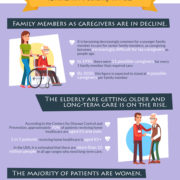Making Medical History: The Benefits of Working with Advances in Healthcare Technology
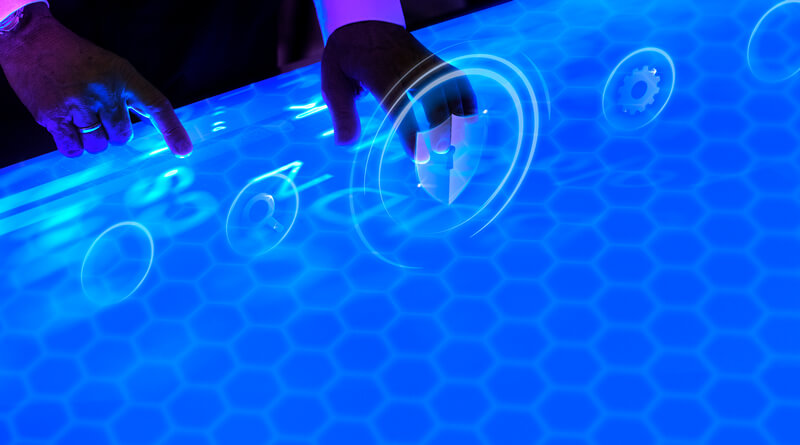
The following guest post was submitted by Lizzie Weakley.
Technology is changing every day, and as new innovations are adopted they have a ripple effect across multiple industries that helps improve our lives. Whether it’s the latest smart appliance, mobile app, or kitchen gadget, these things comprise increasing changes in the way we shop, think, and communicate. One of the industries where these changes are most profoundly noticed is in the medical field. Here are some benefits to working with new advances in healthcare technology.

Advances in healthcare technology means more data availability, less suffering, and smarter doctors.
Online medical information
As mobile devices have come to outnumber people, millions are searching for healthcare information online. While a website covering the causes and treatments of a particular malady is not a good substitute for a diagnosis by a qualified physician, more hospitals and clinics are seeing the value in providing patient portals as a means to allow patients access to their own records and to information and apps that can help with the doctor/patient relationship, such as appointment scheduling, billing review, and additional info on specific conditions and treatments. All of this is not only more convenient for the patient, but frees up time for over-worked medical staff.
Better treatment means less suffering
The most obvious way medical technology has improved is in providing better treatments, tools, and medications which speed up diagnosis and treatment. This not only reduces suffering but improves the chances of recovery for patients. Technical training such as a master’s of science electrical engineering enables other professionals to contribute to life-saving developments. Revolutionary 3D-printed custom prosthetics and computerized implants help transform amputees into athletes and enable chronic heart patients to enjoy a quality of life unthinkable a decade or two ago. The ability to provide effective technology-fueled solutions is a rewarding experience for healthcare workers, and one which will continue as technologies improve.
Doctors are more informed and accessible
With a smartphone traveling patients can reach physician networks, and doctors can access digitized medical libraries, big data analysis, and the latest medical studies. They can monitor patient vitals via downloaded data from a new generation of portable health monitoring devices. Improved imaging devices allow doctors to view and share accurate and detailed “digital” views of patient anatomy. Video conferencing has led us to the age of “telemedicine” where doctors can check in on remote patients or consult with other medical professionals. Doctors from around the world collaborate in diagnosing and treating victims of disease in Haiti or natural disasters in Japan.
Lizzie Weakley is a freelance writer from Columbus, Ohio. She went to college at The Ohio State University where she studied communications. In her free time, she enjoys the outdoors and long walks in the park with her 3-year-old husky Snowball.
Twitter: @LizzieWeakley
Facebook: facebook.com/lizzie.weakley


